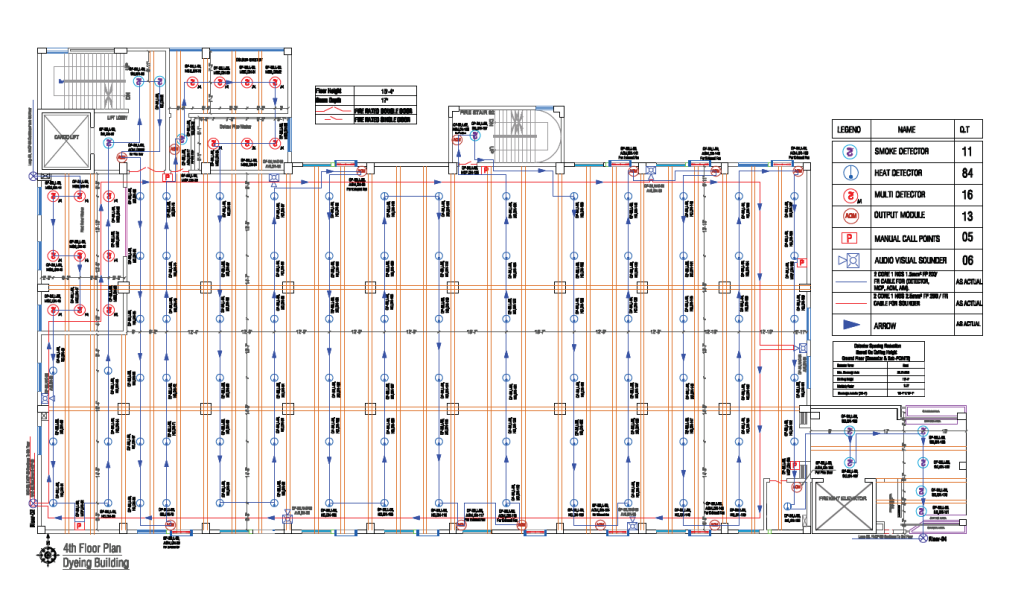Designing a fire alarm and detection system is crucial for early detection of fires in a building, which can save lives and property. Here are the basic steps involved in designing a fire alarm and detection system:
Determine the occupancy classification: The first step is to determine the occupancy classification of the building, which will help determine the type of detection system needed.
Evaluate the fire hazard: The next step is to evaluate the fire hazard in the building, including the fuel load, potential ignition sources, and fire spread potential. This information will help determine the type and location of detectors needed.
Select the appropriate detection system: Based on the occupancy classification and fire hazard evaluation, you need to select the appropriate detection system. There are several types of detection systems available, including smoke detectors, heat detectors, flame detectors, and gas detectors.
Determine the detector layout: Once you have selected the appropriate detection system, you need to determine the detector layout based on the building’s occupancy classification and fire hazard evaluation. The detector layout should ensure that all areas of the building are covered with the appropriate detectors.
Select the appropriate alarm notification appliances: You also need to select the appropriate alarm notification appliances based on the occupancy classification and building layout. There are different types of alarm notification appliances available, including horns, strobes, and speakers.

